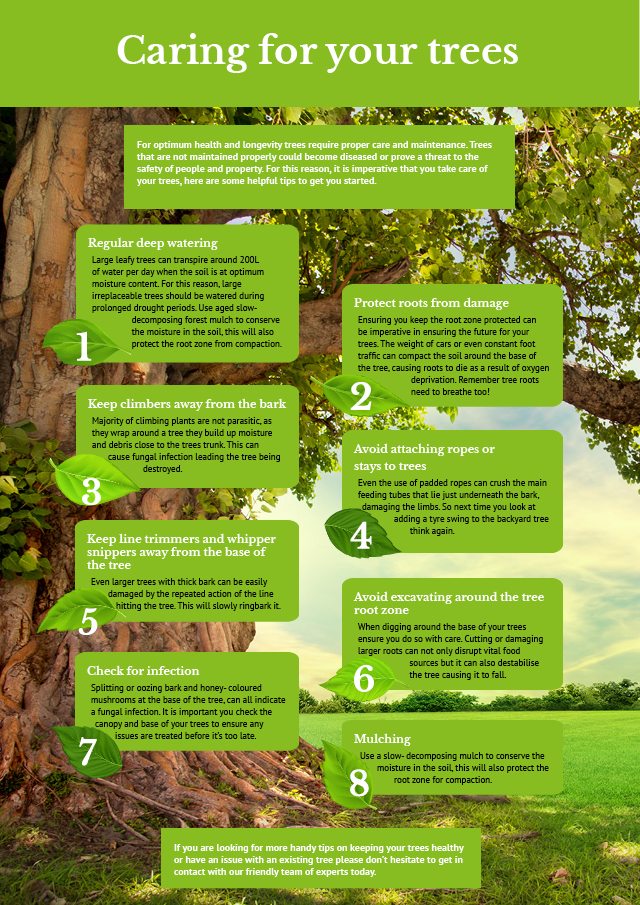Watch For Crucial Signs That Suggest Your Tree May Be A Risk; Identifying These Can Help Safeguard Your Property And Those You Care About.What Should You Keep An Eye On Next?
Watch For Crucial Signs That Suggest Your Tree May Be A Risk; Identifying These Can Help Safeguard Your Property And Those You Care About.What Should You Keep An Eye On Next?
Blog Article
Material Created By-Lillelund Connell
When it involves tree care, recognizing the signs that it's time for removal is essential for your safety and building. You could discover discolored fallen leaves, wilting branches, or odd fungal developments indicating illness. Prune Weeping Tree , like a considerable lean or cracks in the trunk, can additionally pose threats. Comprehending these indication can help you make informed choices about your trees and protect against prospective risks lurking in your backyard. What should you try to find next?
Indications of Decay and Illness
When you discover indicators of decay and disease in your trees, it's important to act quickly. https://twitter.com/Timber_Felling discolored fallen leaves, wilting branches, or unusual developments like fungi. These can suggest that your tree is battling.
If you see cracks in the bark or soft, mushy timber, these symptoms suggest inner decay. Additionally, a sudden rise in bugs around your tree can signal that it's compromised and at risk.
Check for any type of dead or dying limbs, as they present a risk to your residential property and security. If you doubt concerning what you see, speaking with an arborist can provide clearness.
Addressing these indicators early can save you from extra substantial damage and ensure the health of your yard. Do not wait up until it's far too late.
Structural Instability and Leaning
As you observe your trees, watch out for any type of indicators of structural instability or leaning. If a tree leans dramatically, it may show that the root system is jeopardized.
Search for any type of fractures in the trunk or dirt around the base; these can signal potential failing. Additionally, look for unusual development patterns, like an unbalanced crown, which might suggest that the tree is having a hard time to hold itself upright.
If you notice that the tree favors your home, power lines, or other frameworks, it postures a better risk. Do not overlook these indications-- speak with an arborist to examine the scenario.
Doing something about it early can protect against costly damage and guarantee your safety.
Dead or Dying Branches and Foliage
If you see dead or dying branches and vegetation on your tree, it's a clear indicator that something's wrong.
These harmful areas can indicate underlying issues like disease, parasite problems, or environmental tension. When branches lose their leaves or transform brown, they're no more contributing to the tree's health. Ignoring these signs might result in additional decrease, making your tree extra dangerous.
Dead branches can conveniently break short during tornados, positioning a danger to building and people close by. It's crucial to analyze the degree of the damages.
If the issue impacts a considerable part of the tree, think about speaking with a professional. They can assist identify if removal is needed to ensure safety and keep the charm of your landscape.
Conclusion
If you discover any kind of indications of decay, structural instability, or dead branches on your trees, don't overlook them. These signs can present serious safety dangers to you and your property. It's constantly best to seek advice from a specialist arborist who can offer a specialist analysis of your trees. Taking action early can stop mishaps and pricey damage, ensuring your landscape stays secure and healthy and balanced. Remember, it's much better to be positive about tree care than to wait for a calamity to take place.
